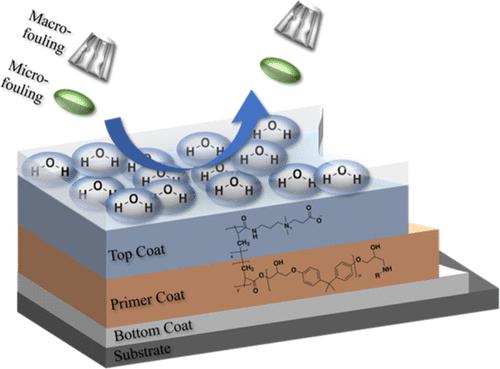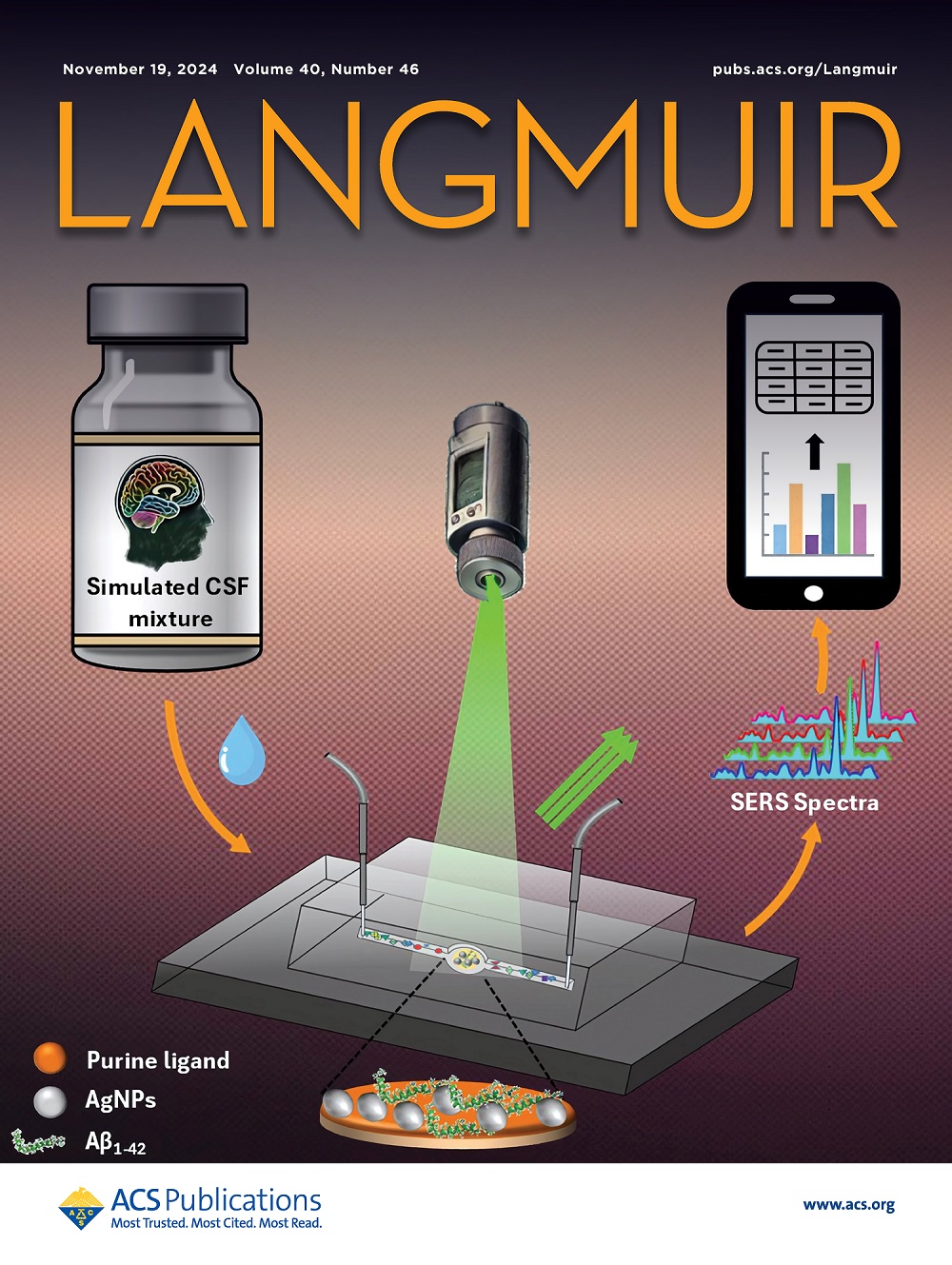A Paintable, Scalable, and Durable Zwitterionic Hydrogel Coating for Enhanced Marine Antifouling Applications
IF 3.7
2区 化学
Q2 CHEMISTRY, MULTIDISCIPLINARY
引用次数: 0
Abstract
Marine biofouling has been a severe challenge since the increase of maritime trade, significantly impacting the efficiency of ships by increasing drag, fuel consumption, hull corrosion, and even problems related to navigational safety and biological invasions. Commercial antifouling coatings have been developed for many years, but a satisfactory solution has yet to be found due to problems, such as high toxicity, environmental pollution, or high costs. Zwitterionic materials, with their superhydrophilic properties, demonstrate excellent resistance to nonspecific adhesion alongside good biocompatibility, making them promising candidates for marine antifouling applications. However, their superhydrophilic nature makes it difficult to anchor onto hydrophobic substrates, limiting their use. In this study, we presented a paintable, scalable, and durable antifouling coating system made by zwitterionic hydrogel (PSDA-Z), which was covalently attached to substrates through an acrylated epoxy resin primer coat and maintained antifouling performance even after 3 months of high-speed water shearing, high-pressure sandpaper abrasion, and sharp scratching. This PSDA-Z could also easily be applied on various substrates without specific treatments, including epoxy resin, poly(vinyl chloride) (PVC), polyurethane (PU), and wood. More importantly, this coating system achieved excellent antifouling performance comparable to self-polishing coatings (SPCs), the current industry standard in marine antifouling coating, in the Atlantic Ocean field tests for 3 months, suggesting its promise as an effective and ecofriendly alternative for marine antifouling applications.

求助全文
约1分钟内获得全文
求助全文
来源期刊

Langmuir
化学-材料科学:综合
CiteScore
6.50
自引率
10.30%
发文量
1464
审稿时长
2.1 months
期刊介绍:
Langmuir is an interdisciplinary journal publishing articles in the following subject categories:
Colloids: surfactants and self-assembly, dispersions, emulsions, foams
Interfaces: adsorption, reactions, films, forces
Biological Interfaces: biocolloids, biomolecular and biomimetic materials
Materials: nano- and mesostructured materials, polymers, gels, liquid crystals
Electrochemistry: interfacial charge transfer, charge transport, electrocatalysis, electrokinetic phenomena, bioelectrochemistry
Devices and Applications: sensors, fluidics, patterning, catalysis, photonic crystals
However, when high-impact, original work is submitted that does not fit within the above categories, decisions to accept or decline such papers will be based on one criteria: What Would Irving Do?
Langmuir ranks #2 in citations out of 136 journals in the category of Physical Chemistry with 113,157 total citations. The journal received an Impact Factor of 4.384*.
This journal is also indexed in the categories of Materials Science (ranked #1) and Multidisciplinary Chemistry (ranked #5).
 求助内容:
求助内容: 应助结果提醒方式:
应助结果提醒方式:


